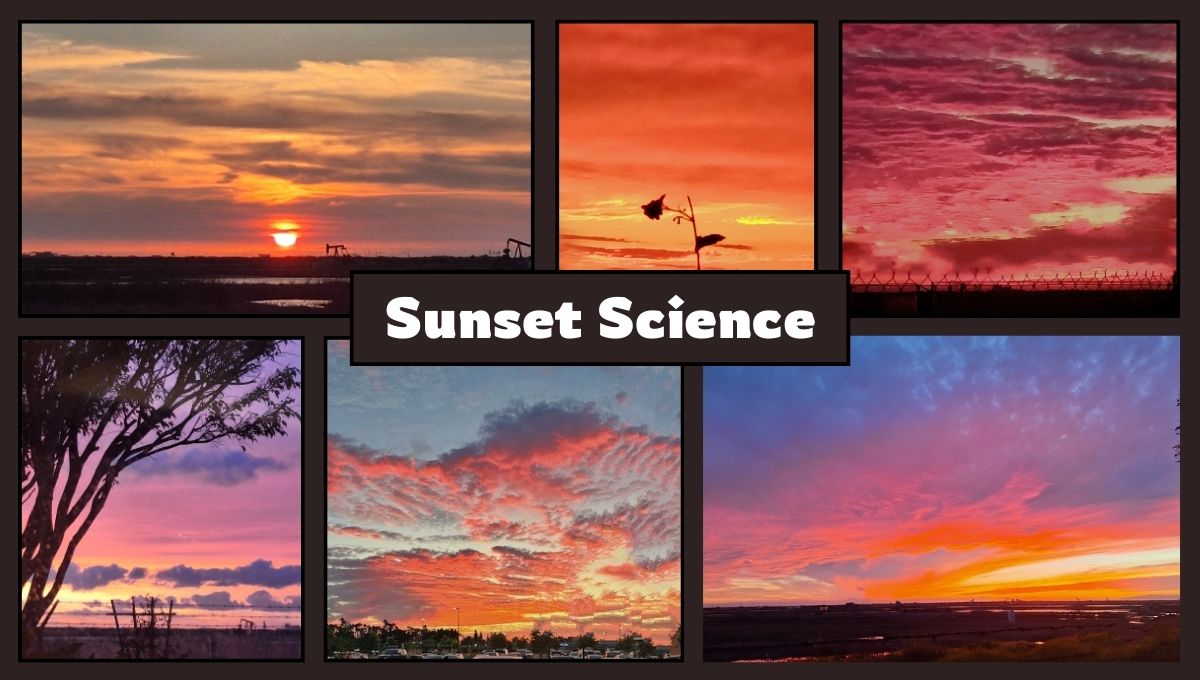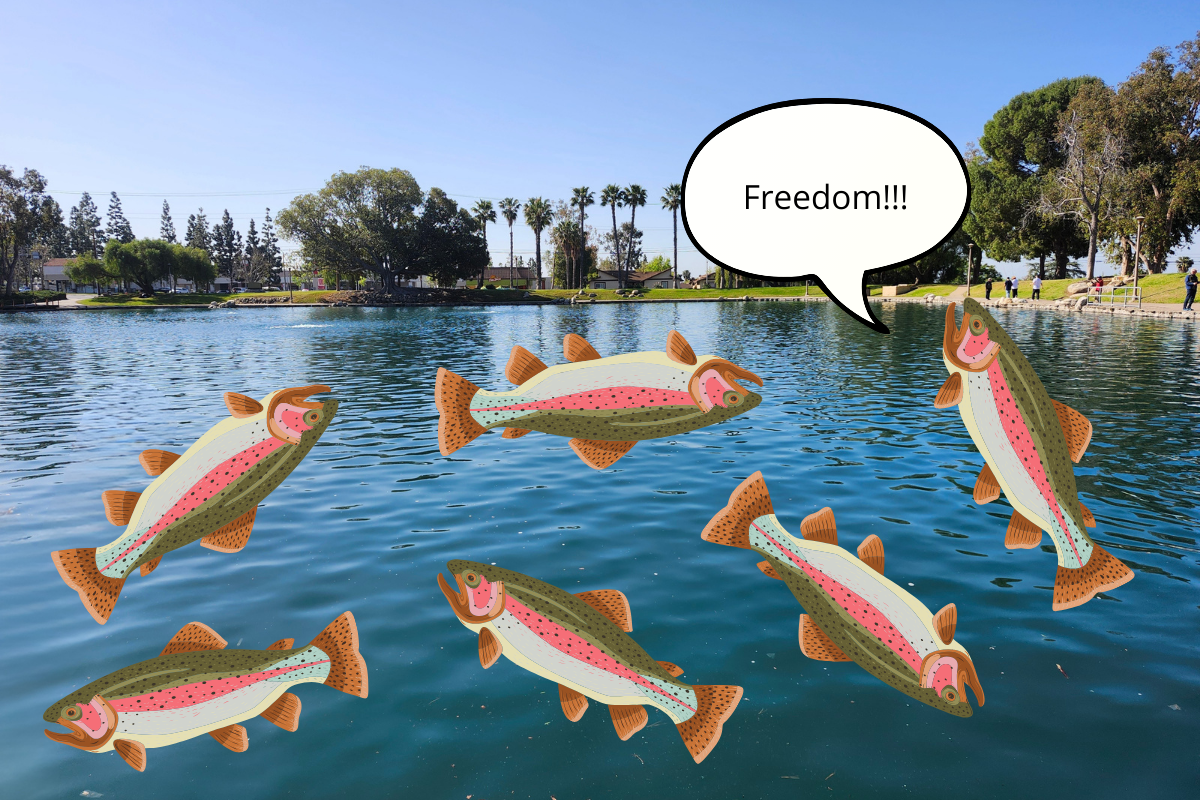From the earliest time you can remember, the sun has risen and set every day without fail. Most people view the sunset as just a simple, pretty event that signals the end of a day. But did it ever occur to you that there’s more to it than that? In reality, there is much more to a sunset than the colors that grace the sky every day.
Twenty people within the Huntington Beach High School district were invited to fill out a Google Form on what they knew about the sunset, it became apparent that many people do not know the science behind a sunset. 31.6% said that they did not know anything about sunsets while 68.4% said that they had limited knowledge of sunsets. An unsurprising 0% considered themselves experts on sunsets. What is the science behind a sunset that so many miss out on?

“Although it appears to us that the sun moves across the sky, the Earth is actually rotating. When the Earth turns far enough from the sun, it becomes dark or night. The boundary of the light between the half of the Earth lit by the sun and the half of the Earth the sun is not hitting, [is where the] sunset is happening,” said Mrs. Dunn, a biology and earth science teacher at Huntington Beach High School (HBHS).
Additionally, participants in the survey were asked why there are so many different colors in a sunset.
Joplin Rooker, a freshman at Edison High School (EHS), said, “The sky sometimes looks pink due to the sun setting because of the combination of red on the color spectrum and white light.”

(Eli Harrison)
White light is a combination of all the colors in the color spectrum; the color pink is a combination of white light and red. We only see a pink sunset when there are aerosols or particles in the air, as those are what scatter and reflect the pink color.
The role of light during a sunset may be more complicated than one might think.
“When light travels through the atmosphere during sunset when it is on the boundary of light and dark, light actually has to travel through more of the atmosphere because of the angle of the light. This is what allows more colors to show, including oranges and reds,” said Dunn.

Wetlands.
(Eli Harrison)
The seven different colors on the color spectrum (ROYGBIV) all have different wavelengths. According to the University of Illinois due to cooler colors such as blue and violet having shorter wavelengths, they aren’t presented in a sunset whereas the colors with longer wavelengths; reds, oranges, and yellows, are.
Not only do sunsets tell the beginning and end of the day, but they also show air quality.
”The higher the red and/or orange intensity a sunset has, the more air pollution there is in that city,” said Shelby Young, a senior at HBHS.

As stated by Young and according to Scientific American pollution is one of the reasons that the sunset has a red intensity. In addition to carbon dioxide (CO2) from pollution, this increase in the red hue can also be caused by nearby fires or volcanic action that release particulate matter such as dust and smoke along with CO2. These emissions scatter the light wavelengths to create a red hue instead of the cooler colors like purple and blue.
When asked for a fun fact, Rooker also said, “The first hour before and after [the] sunrise are considered the golden hours.”
The golden hour, also known as “the magical hour” is often a period of time where the sunset/sunrise bathes the surrounding areas in a warm, soft, golden light. According to Digital Camera World the name “Golden Hour” originated from photographers and filmmakers; this is because the best photos are often taken at that time of day.

As the sun dips below the horizon, one can’t help but marvel at the beauty of it. The beauty of a sunset is not just a visual spectacle, but a scientific phenomenon — the science behind sunsets is essential to fully appreciate it. Next time you witness the breathtaking sight of a sunset, take a moment to think about the science that makes it possible.








